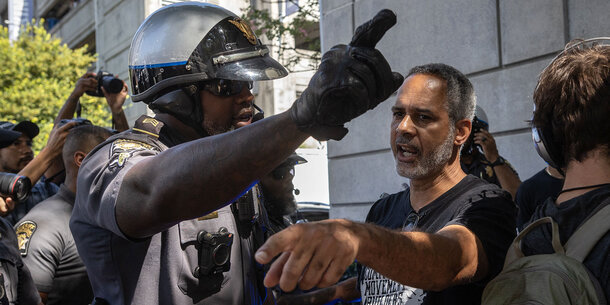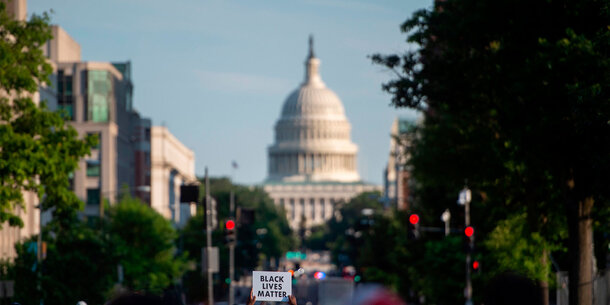Reviewing individuals’ social media to conduct ideological vetting has been a defining initiative of President Trump’s second term. As part of that effort, the administration has proposed expanding the mandatory collection of social media identifiers. The proposal would widen the government’s social media surveillance dragnet to include not only travelers, visa applicants, and visa holders, but also their U.S. citizen contacts. By linking individuals’ online presence to government databases, officials could more easily identify, monitor, and penalize people based on their online self-expression, raising the risk of self-censorship driven by fear of misinterpretation or adverse consequences.
Most recently, the State Department issued a cable directing consular officers to review the social media of all student visa applicants for “any indications of hostility towards the citizens, culture, government, institutions or founding principles of the United States,” as well as for any “history of political activism.” This builds on earlier efforts this term, including the State Department’s “Catch and Revoke” program, which promised to leverage artificial intelligence to screen visa holders’ social media for ostensible “pro-Hamas” activity, and U.S. Citizenship and Immigration Services’ April announcement that it would begin looking for “antisemitic activity” in the social media of scores of foreign nationals in the United States. As the Brennan Center has explained, both of these programs pose substantial threats to civil liberties and due process.
But the collection and use of social media for screening and vetting is hardly new. The Brennan Center and other civil society organizations have long sounded the alarm about the harms of the large-scale use of social media for high-stakes determinations related to immigration. This article provides an overview of this collection process and how the data is used.







